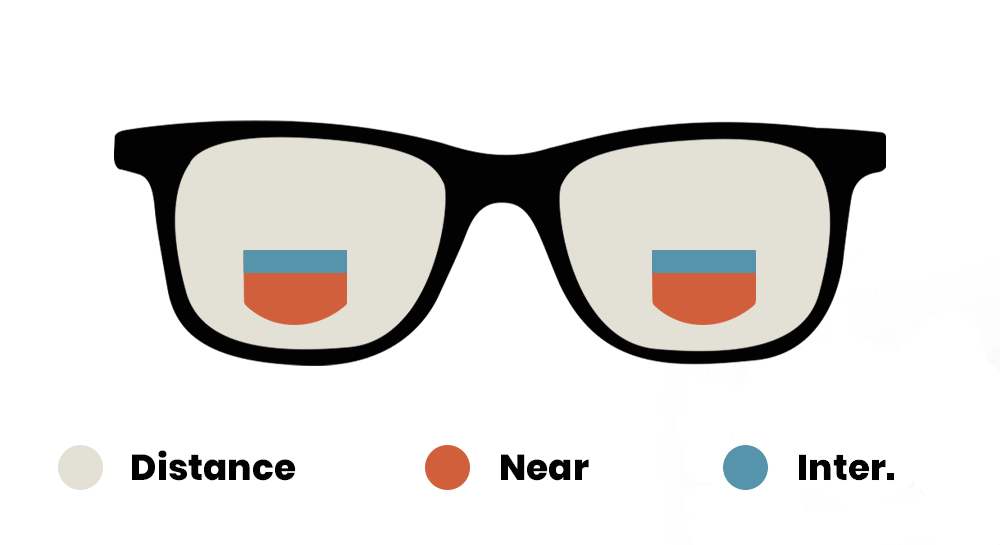Navigating the world of eye care can be overwhelming, especially when you’re faced with a myriad of terms and jargon. This glossary aims to simplify the most common terms you’ll encounter during your visits to the optometrist, helping you better understand your eye health and the treatments available.
A
Amblyopia: Often called “lazy eye,” a condition where one eye has reduced vision because it and the brain are not working together properly.
Astigmatism: A common imperfection in the curvature of your eye, causing blurred vision.
Axis: In an eyeglass prescription, the axis refers to the orientation of astigmatism correction, measured in degrees from 1 to 180.
B
Bifocals: Eyeglasses with two different prescriptions in one lens, typically for near and distance vision.
Blepharitis: Inflammation of the eyelids, often involving the part where eyelashes grow.
C
Cataract: A clouding of the eye’s lens, leading to a decrease in vision.
Chalazion: A slow-growing, painless lump in the eyelid caused by a blocked oil gland.
Conjunctivitis: Also known as “pink eye,” an inflammation or infection of the outer membrane of the eyeball and the inner eyelid.
Cylinder: A term used in eyeglass prescriptions to denote the amount of lens power needed to correct astigmatism.
D
Diabetic Retinopathy: A diabetes complication that affects the eyes and is caused by damage to the blood vessels of the light-sensitive tissue at the back of the eye (retina).
Diplopia: Double vision.
Dry Eye Syndrome: A common condition where the eyes do not produce enough tears or the right quality of tears to keep the eyes moist and comfortable.
E
Emmetropia: The term used for an eye with perfect vision, where no correction is needed.
Epiretinal Membrane: A thin layer of scar tissue that can form on the retina.
F
Floaters: Small specks or clouds that move across your field of vision, often noticeable when looking at a plain background, like a blank wall.
Fovea: The central part of the retina responsible for sharp central vision.
G
Glaucoma: A group of eye conditions that damage the optic nerve, often associated with high intraocular pressure.
Gonioscopy: A test to examine the front part of your eye (anterior chamber) to check for glaucoma.
Gradient Tint: Lenses that gradually change in color from top to bottom, often used in sunglasses.
H
Hyperopia: Also known as farsightedness, a common vision condition where distant objects can be seen more clearly than nearby objects.
Hyphema: Bleeding in the front part of the eye.
I
Iritis: Inflammation of the iris, the colored part of the eye.
Intraocular Pressure (IOP): The fluid pressure inside the eye.
IOL (Intraocular Lens): An artificial lens implanted to replace a natural lens that has been removed, often due to cataracts.
K
Keratitis: Inflammation of the cornea.
Keratoconus: A condition in which the cornea becomes thin and cone-shaped.
L
Lacrimal Gland: The gland responsible for producing tears.
LASIK: A type of refractive surgery to correct vision problems like myopia, hyperopia, and astigmatism.
M
Macula: The part of the retina responsible for central vision.
Macular Degeneration: An age-related condition that results in the loss of central vision.
Myopia: Also known as nearsightedness, a common vision condition where close objects are seen clearly, but distant objects are blurry.
N
Nystagmus: A condition where the eyes make repetitive, uncontrolled movements.
Neovascularization: The growth of new blood vessels, often in an abnormal location such as the retina.
O
Ocular Hypertension: Higher than normal pressure inside the eye, which can lead to glaucoma.
Optic Nerve: The nerve that transmits visual information from the retina to the brain.
P
Phoropter: An instrument used during an eye exam to measure refractive error and determine eyeglass prescriptions.
Plano: A term used to describe lenses with no corrective power.
Presbyopia: An age-related condition where the ability to focus on close objects decreases.
Ptosis: Drooping of the upper eyelid.
R
Retina: The light-sensitive layer at the back of the eye that sends visual signals to the brain.
Retinal Detachment: A serious condition where the retina pulls away from the back of the eye.
Refraction: A test to measure the eye’s refractive error and determine the correct prescription for eyeglasses or contact lenses.
S
Strabismus: A condition where the eyes do not properly align with each other when looking at an object.
Sclera: The white part of the eye.
Single Vision: Lenses designed to correct vision at one specific distance, either near or far.
Stye: A painful, red bump on the edge of the eyelid caused by an infected oil gland.
T
Tonometry: A test to measure the pressure inside your eyes.
Toric Lens: A type of lens used to correct astigmatism.
U
Uveitis: Inflammation of the uvea, the middle layer of the eye.
Ultrasound Biomicroscopy (UBM): A high-frequency ultrasound technique used to examine the eye.
V
Visual Acuity: The clarity or sharpness of vision.
Vitreous: The clear, gel-like substance that fills the eye.
Y
YAG Laser: A laser treatment often used after cataract surgery to improve vision.
Yellowing: A common term for the discoloration of the eye’s lens, often associated with aging.
Z
Zeaxanthin: A type of carotenoid found in the retina, important for eye health.
Zonules: Fibers that hold the eye’s lens in place.
This glossary is designed to help you better understand the various terms and conditions related to eye health. If you have any questions or need further explanation, don’t hesitate to ask your optometrist. Your understanding is crucial in maintaining good eye health and ensuring effective communication with your eye care provider.























